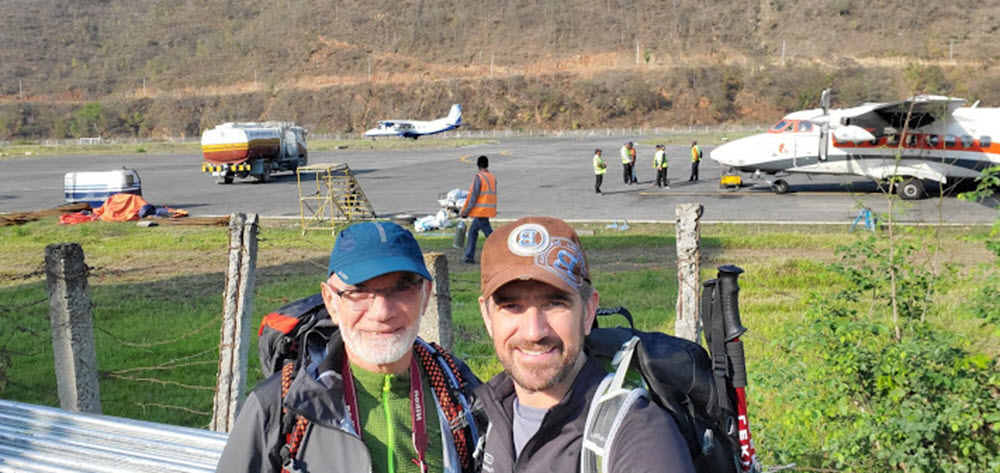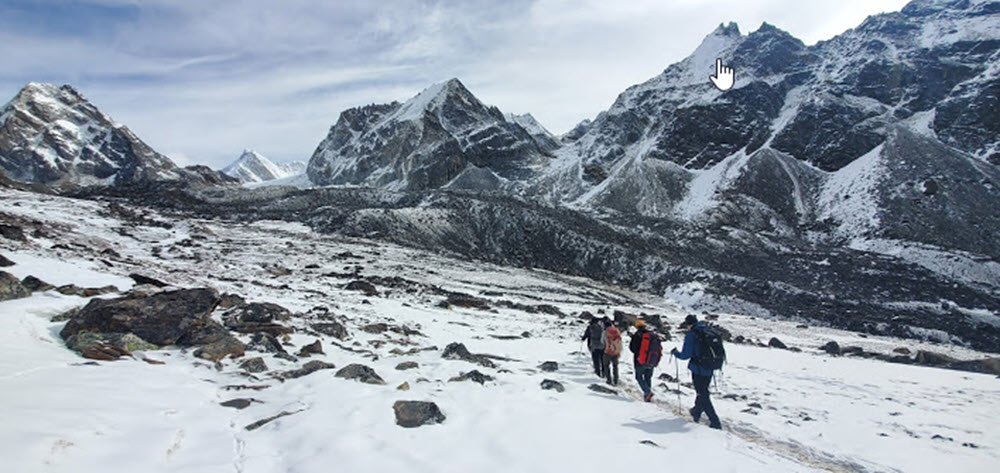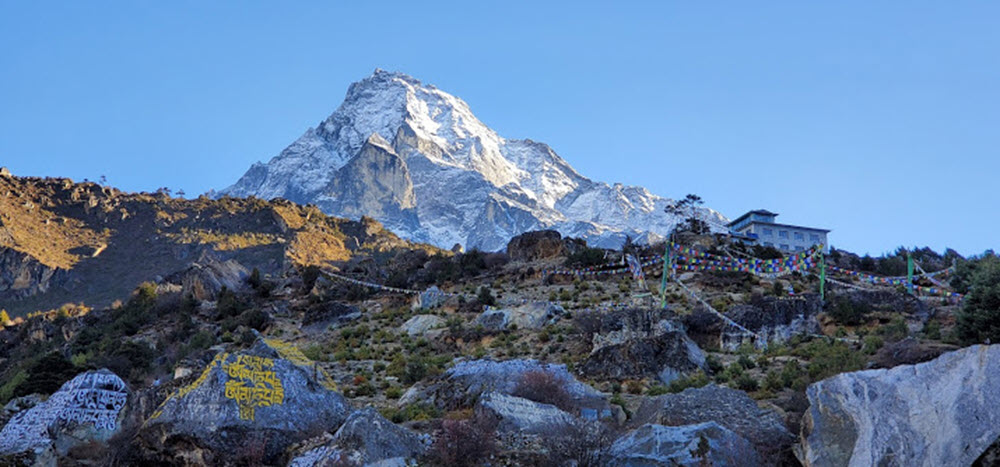Get more bang for your buck and use your internal office space to shine
https://vitrinemedia.ca/wp-content/uploads/2019/04/vm-wall_Bottom-1024x597.jpg 1024 597 VitrineMedia Canada VitrineMedia Canada https://vitrinemedia.ca/wp-content/uploads/2019/04/vm-wall_Bottom-1024x597.jpgHow can the use of LED displays internally help your business?



LED has been taking over from traditional signage for years now, but it is only really recently that it has started to find its way inside of businesses. Companies are now seeing how the use of internal LED displays can help them showcase their businesses, through the use of their internal space, as well as their window displays.
Internal LED displays play an important role in ensuring that your brands message is being seen. They ensure that your office space becomes an ambassador for that message.
Companies are learning to work smart, and that internal LED displays are extremely effective communications tools.
Your products are illuminated which will ensure you catch the attention of your customer. They allow you to display any content, product or service effectively and professionally. Your product is seen because of the increased visibility.
LED displays should play an important role in any companies communication toolbox. Internal wall displays enhance the customer experience by grabbing their attention. They are also glare free, and far less tiring on the eyes than conventional lighting.
Your office space is an investment, use it wisely to BE REMARKABLE



- Illuminate the inside of your office to engage staff
- Create a Wall of Fame to showcase new, top producing, or all agents
- Modernize your office interior
- Showcase your brand
- Because they immediately capture your attention, they have high impact
- The use of LED displays can be a cost effective form of marketing
Why VitrineMedia?



- Created in 2007, VitrineMedia has close on 12 years of experience and is a pioneer and world leader in backlit LED displays
- VitrineMedia boasts 28 countries which are part of their network
- 50% growth per year
- 40,000 customers
- Over 1 million LED display panels sold around the world
And last but not least…



High visibility
LED displays have the advantage of letting you change your message whenever you need to.
High brightness
There is just no comparison between backlit LED displays and normal signage, the difference is just night and day. The signs have a built in brightness sensor that will automatically adjust the screens brightness according to the light and environment.
Energy Saving
LED lighting saves money. It is an extremely cost effective way to save energy as it uses way lower energy consumption.
High Durability
LED lights last well over 100,000 hours. They are extremely durable in comparison to regular light bulbs and fluorescent lighting.
Customers are more likely to purchase from a business they have heard of, so the use of LED signage can help plant the seed for future sales. It is an interactive gateway that allows businesses to communicate directly with customers, engaging them while they are in the store.
Think smart and get the most out of your brand, and ensure your business is REMARKABLE.


































